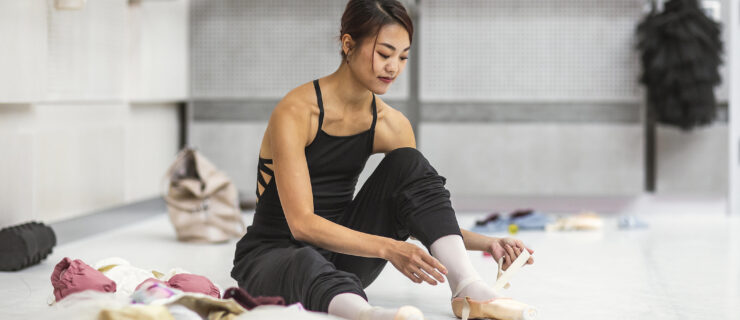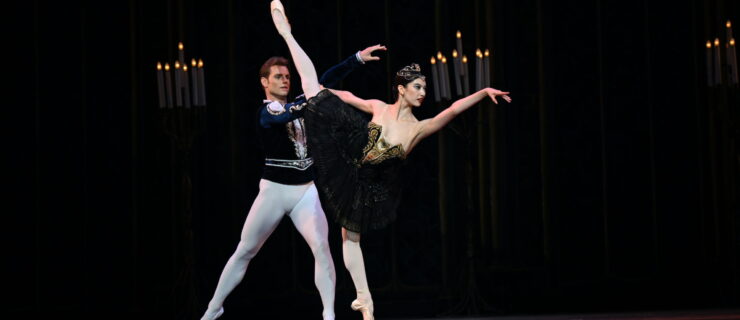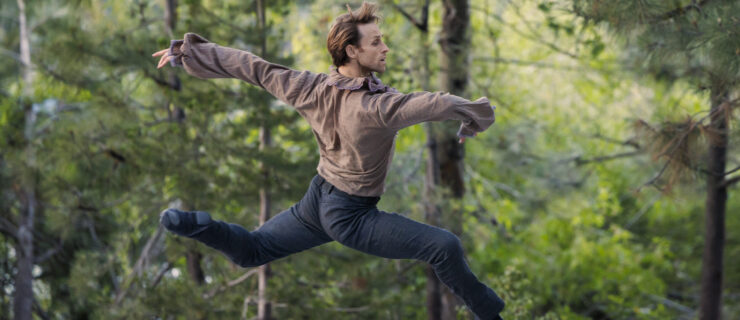What’s Really Going on When You Learn a New Ballet?
The National Ballet of Canada in rehearsal, photo by Karolina Kuras.
Have you ever wondered what’s going on in your brain when you’re learning a new ballet? A new study from York University, published this week in the journal PLOS ONE, used ballet dancers to shed new light on the learning process and its long-term effects.
To understand the changes that happen in the brain when learning something over a long period of time, the researchers recruited 10 dancers ages 19 to 50 from the National Ballet of Canada. They had the dancers try to visualize the movements they had learned in rehearsal while listening to music and undergoing fMRI brain scans. This was done four times over a 34-week period while the dancers were learning a new work.
The brain scans initially showed an increase in activity from week one to week seven. By the end of the 34 weeks, however, activity had decreased again when compared to week seven. In other words, brain activity rose at first, reached a peak and then gradually returned to its original level. Think of it this way: when you’re first learning new choreography, you have to work harder to remember and master the unknown material. Once you’ve become expert at it, you’re able to do the movements more instinctively.
The findings may not come as a surprise to dancers—after all, you’ve experienced this process firsthand. But the results suggest that using dancers as a model could help give researchers a more complex understanding of motor learning in general.
For more news on all things ballet, don’t miss a single issue.





